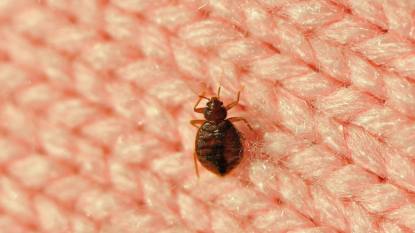The Bathroom Leftover That Can Prevent Moths From Damaging Your Clothes
Plus 4 other moth ball alternatives that repel them naturally.
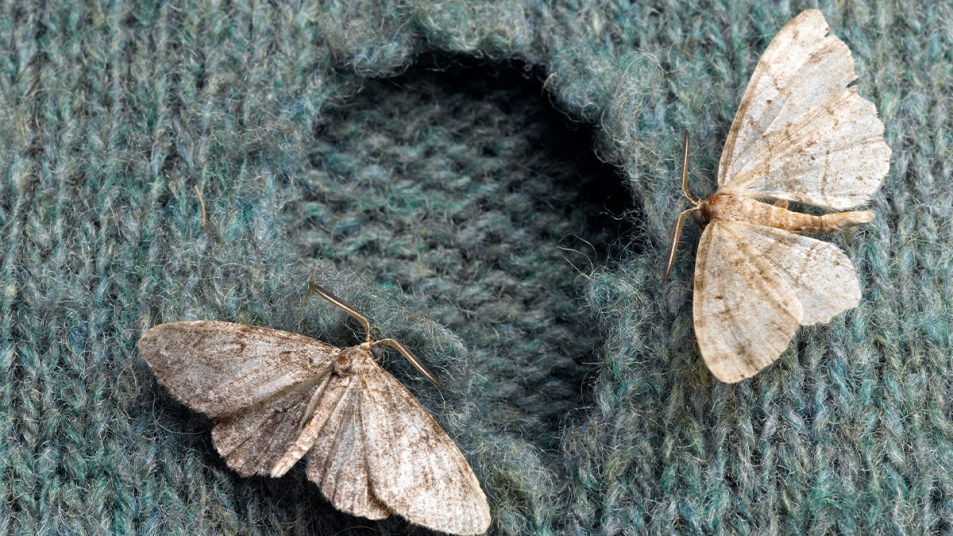
It’s so frustrating when you pull your favorite sweater out of storage or from the closet only to find it’s been riddled with holes caused by moths snacking on the fabric. To prevent this from happening, your first thought may be to line your closet with a few moth balls. While moth balls are effective at keeping the pesky flying critters away from your clothes, their scent can be just as off-putting to humans. Plus, the balls are riddled with chemicals that can be toxic to both humans and pets. Thankfully, there are several natural moth balls alternative options that you can use to keep your home, closets and clothes moth-free, and many can be made using household items that you already have on hand! Here, experts share easy-made or store-bought moth balls alternatives and tips for ridding moths from your home if they’ve already found a home in your fabrics.
Why do moths attack clothes?
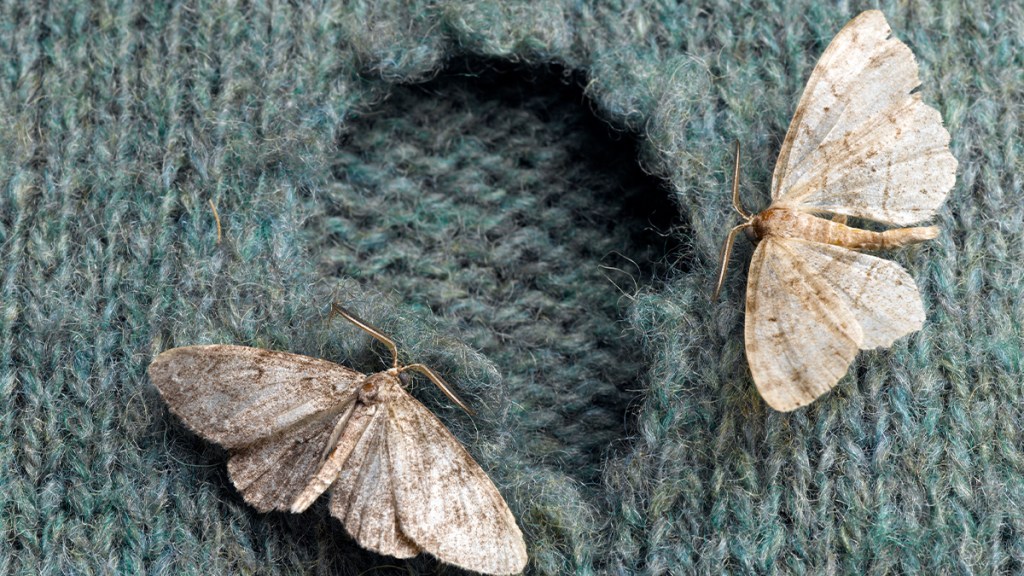
Although it is often thought that fully grown moths are responsible eating through clothing and fabrics, the larval stage of the moth is actually the culprit behind the damage, explains Tyler Hawkins of Fox Pest Control. He says the larvae need vitamin B in their diet to develop, and therefore feed off of human hair, sweat, urine, beer, tomato juice, milk or soft drink stains on clothing and fabrics to get the nutrients. “Because of this, moths rarely damage articles of clothing that are frequently used and clean,” says Hawkins. “The larvae of moths don’t like to be disturbed, so they will most commonly be found in or around clothing and other nutrient-rich material that is not worn regularly.”
That’s why the first step in staving off moths is to ensure sure your clothes are clean (and dry) before you store them away, says Clare Delaney of the natural living and natural health blog EcoFriendlyLink. “This is a critical step that many people forget, but it stops the problem before it even starts!”
What are moth balls and why are they used to deter moths?
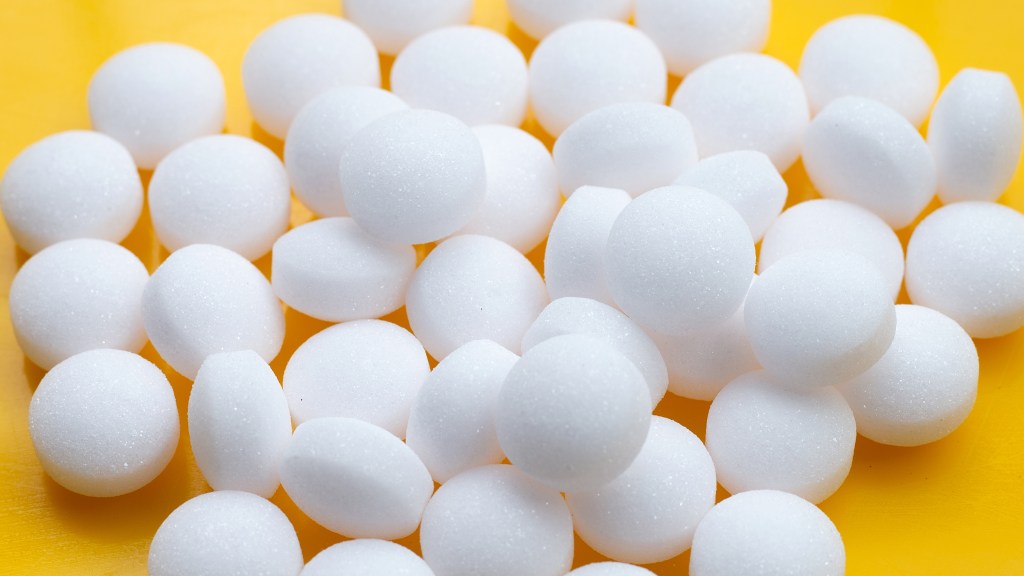
Moth balls are made from solid chemicals that are shaped into small balls, and the fumes that emanate from them are what keep the moths away from breeding and feeding on your clothing. “Originally, moth balls were made from camphor compounds, which were extracted from camphor trees, but now they’re often made from naphthalene, which is classified as a toxic chemical,” says Delaney.
According to the United States Environmental Protection Agency, acute (short-term) exposure of humans to naphthalene by inhalation, ingestion and dermal contact is associated with hemolytic anemia, damage to the liver and neurological damage. “The naphthalene mothballs are extremely effective at deterring moths, but they are not safe for us,” says Delaney.
The easy way to prevent moths from damaging your fabrics without the harmful chemicals? Swapping moth balls for one of the below moth balls alternatives! Read on for the easy ideas.
Moth balls alternative #1: Dried lavender sachets
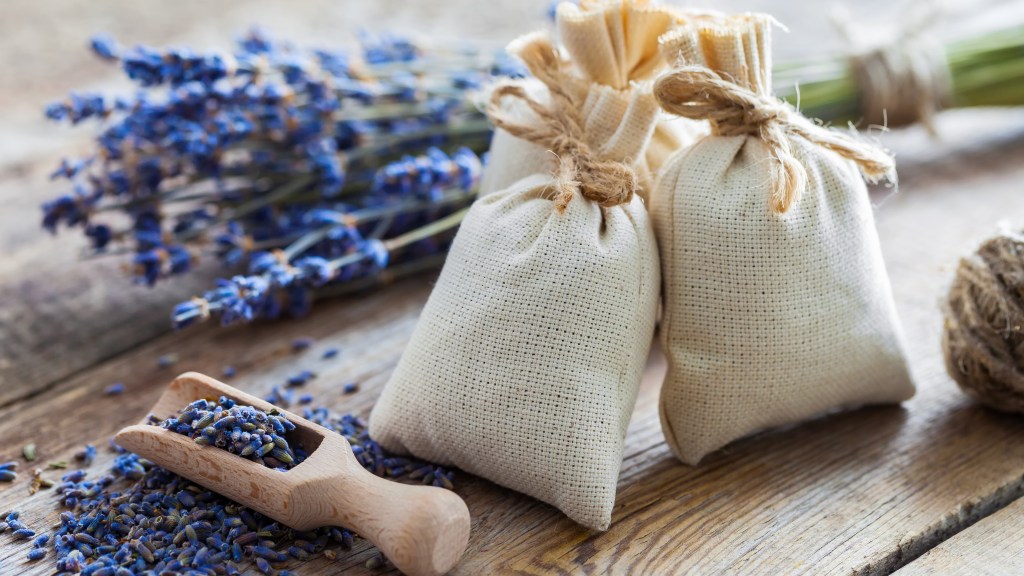
What you will need:
- Dried lavender, like Cedar Space Dried Lavender Flowers for Home Fragrance Sachets (Buy from Amazon, $9.99)
- Old socks or stockings
The strong scent of lavender effectively deters moths, says Jessica Litman of TheOrganizedMama.com. “Just add dried lavender to an old sock or stocking, tie it off and pack it away with your clothes or pop them in your closet. Your clothes will stay pest-free and smell great.”
Moth balls alternative #2: Lavender essential oil balls
What you will need:
- Lavender essential oil, like Plant Therapy Organic Lavender Essential Oil (Buy from Amazon, $8.99)
- Cotton balls
No dried lavender on hand? Reach for a little lavender essential oil! “A great way to naturally repel moths is by dipping cotton balls in lavender essential oil and putting them in your closet,” says Lisa Sharp of Retro Housewife Goes Green. “It smells wonderful — just put new cotton balls out when the smell fades.” Tip: Lavender essential oil can be toxic if ingested so keep away from pets and children.
Related: 18 Houseplants That Remove Harmful Chemicals From the Air
Moth balls alternative #3: Cedarwood chip sachets
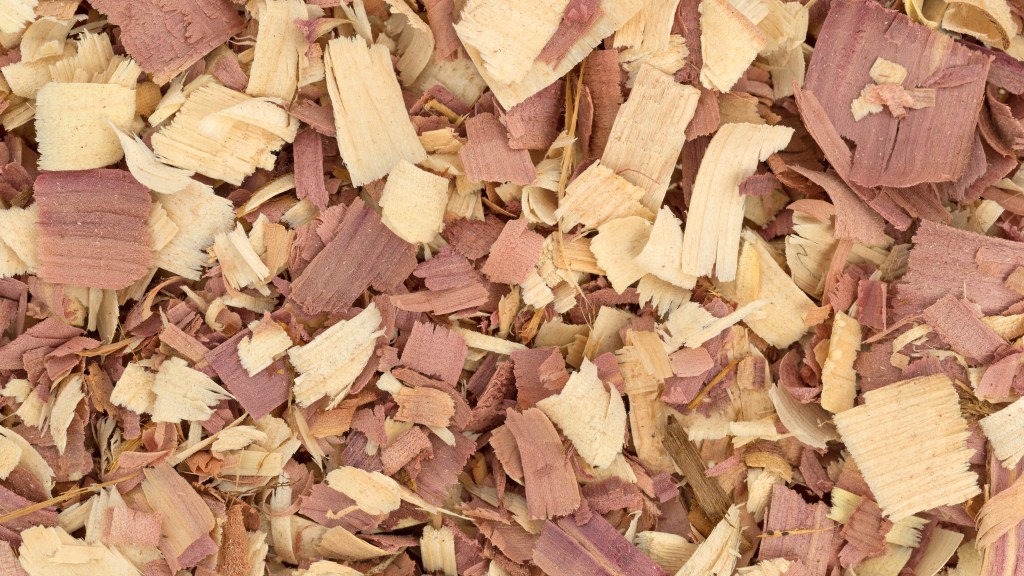
What you will need:
- Cedarwood chips, like Wood Smith USA Store 100% Natural Cedar Shavings (Buy from Amazon, $13.99)
- Sachet bags, like Hopttreely 100PCS Premium Sheer Organza Bags (Buy from Amazon,$7.99)
Cedar’s pest-repelling properties can protect your clothes from moths, says Annie Diamond of home blog Most Lovely Things. It gives off a camphor-like scent that moths dislike, yet provides a fresh Christmas tree-like aroma to your clothes. While Jim McHale, president of JP McHale Pest Management, says stashing clean clothes in a cedarwood chest or closet can help keep the moths away, not everyone has these items already in their home and they can be quite expensive. Instead, cedarwood chip-filled sachets can provide similar pest-repelling properties for much less. Simply fill sachet bags with the cedarwood chips, then tuck them into drawers or attach them to hangers in the closet.
Moth balls alternative #4: Cedarwood essential oil spray
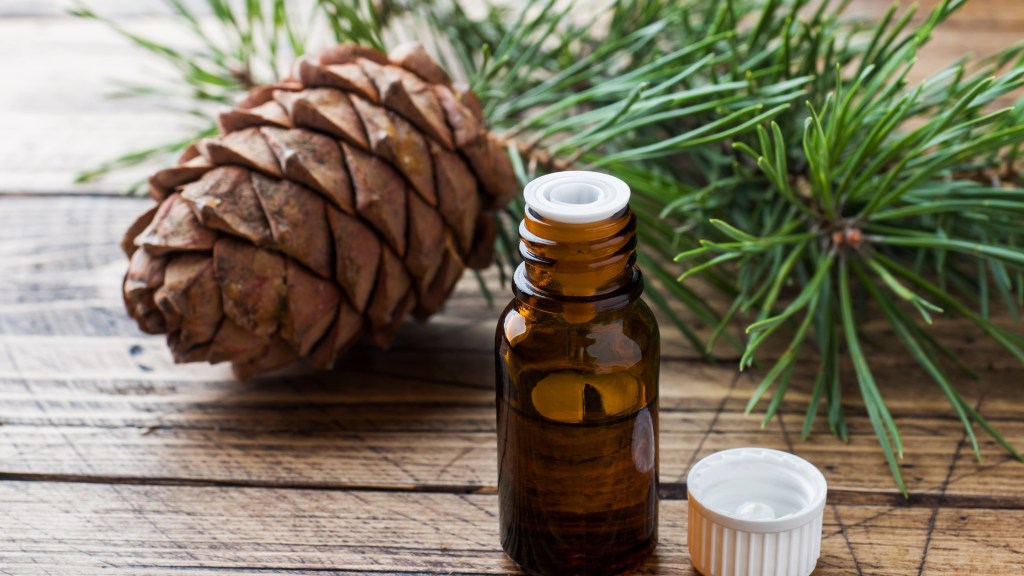
What you will need:
- 2 oz. spray bottle
- 40 drops of cedarwood essential oil, like Majestic Pure Cedarwood Essential Oil (Buy from Amazom, $8.95)
- ½ tsp. witch hazel, like T.N. Dickinson’s Witch Hazel (Buy from Amazon, $7.10)
- Distilled water
After awhile, cedarwood chips may lose their woodsy scent. To restore their pest-repelling aroma, Diamond makes her own cedarwood essential oil spray. Her to-do: In a small 2 oz. spray bottle, add about 40 drops cedarwood essential oil and ½ teaspoon witch hazel (an astringent that is commonly used in DIY pest repelling sprays), then fill to the top with distilled water. Spray on cedarwood chips as needed, let them dry, then add to sachets and place in drawers or on hangers in the closet. Tip: Cedarwood essential oil can be toxic if ingested so keep away from pets and children.
Related: 5 Best Essential Oils for Cleaning + DIY Recipes to Freshen Every Part of Your House
Moth balls alternative #5: Soap sliver packets
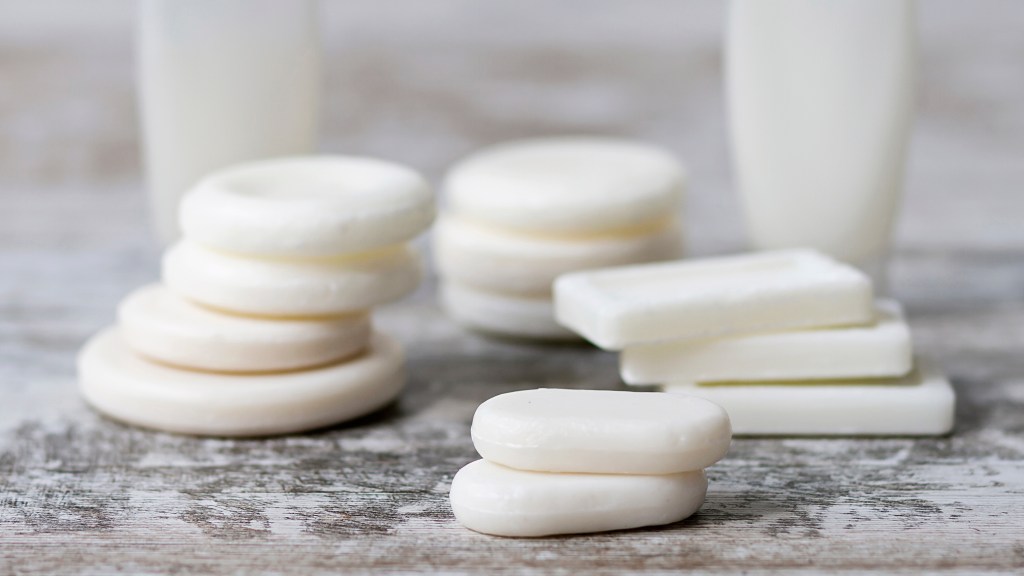
What you’ll need:
- Soap slivers
- Brown paper bag
A nontoxic alternative to stinky moth balls: soap slivers. The soap’s fragrance and essential oils will repel moths and other fabric-loving pests. Simply toss a handful into a paper bag, poke a few small holes in the sack and staple the top closed. Then slip the sachet into the storage container or drawer with your clothes.
Related: Soap Slivers Freshen Your Linens — Plus More Ways To Use Up Leftover Sud Slices
What to do if you already have a moth problem
If you already have a moth problem and you’re not ready to call an exterminator, you can create your own DIY moth trap, says Sharp. To do: Fill a cereal bowl with water and squeeze in a few teaspoons of dish soap, then place the bowl under a light source and leave the light on overnight with the other lights in the room turned off. “The moths will be attracted to the light and if they get in the water, they will be unable to get out due to the residue of the soap.”
Also smart: Hawkins suggests placing damaged articles of clothing in a deep freezer for 3 days at -20 degrees Fahrenheit, as the cold will kill off the moth eggs and larvae. Note: If the articles of clothing are large, they may require a time of two weeks or more in a freezer.
For more bug repellant ideas, click through these stories:
Home Remedies To Get Rid of Flies: Pest Control Pros Reveal The Best Choices
Why Are Mosquitoes Attracted to Me? 4 Reasons + Tips for Getting Those Skeeters to Pass You By
5 Homemade Bug Repellants That Will Keep Your Home Naturally Pest-Free







